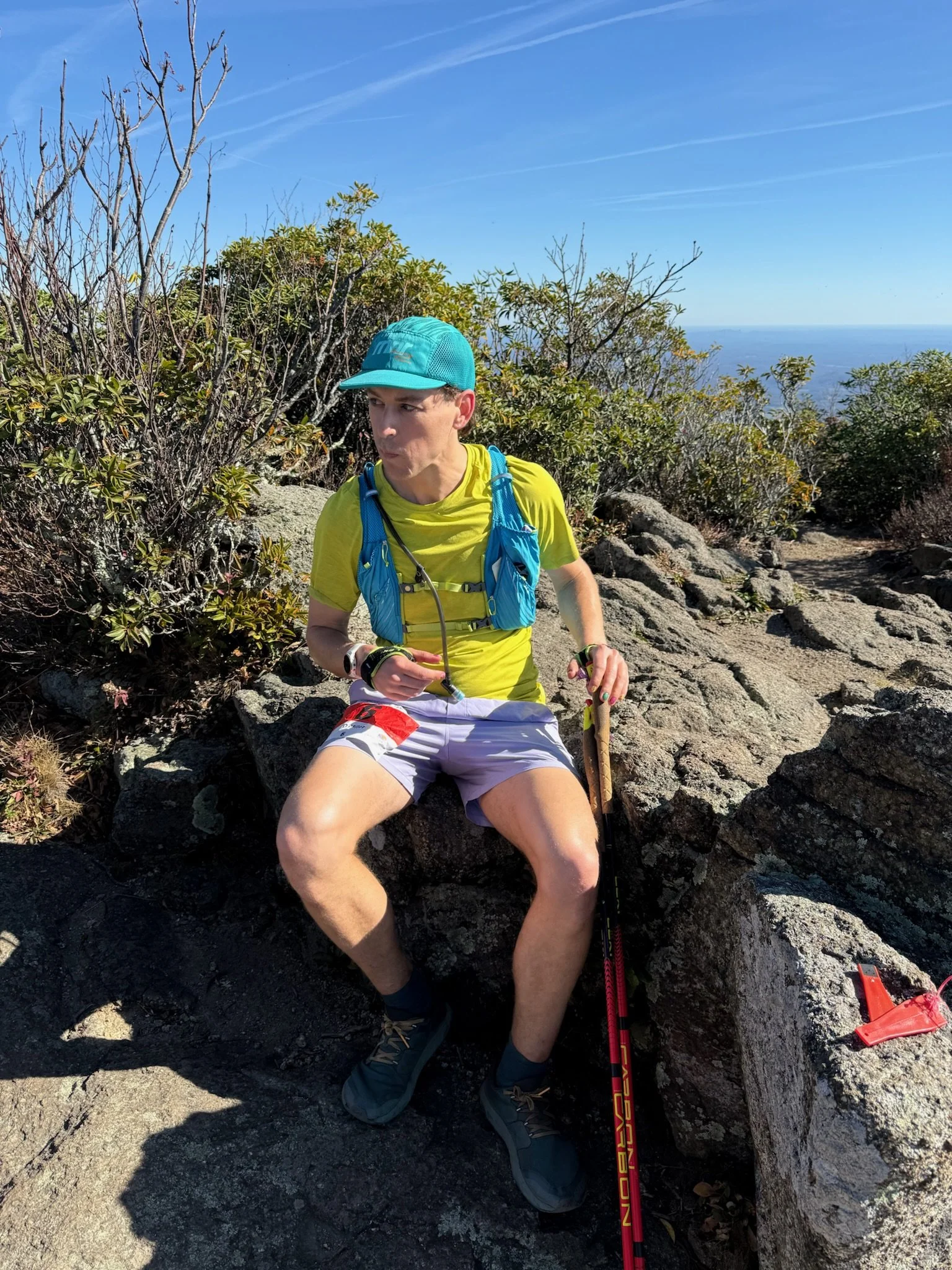
Working with Runners
Advanced Skills For Physical Therapists
Physical therapy school preps you to work with all kinds of people, but runners can be a breed of their own. This collection contains tips to guide you and your runner through the entire rehab process. From how to take a good subjective (and what the answers mean) to the best objective tests, answers about running shoes, answers to questions runners frequently ask their PTs, guidance on return to plyometrics and return to run, applicable clinical practice guidelines, and more, this page has everything you need to learn how to treat runners better and get them back to their sport safely.
-
Working with Runners
-
Frequently Asked Questions - Answered
Runners are going to have a lot of questions. We can’t answer all of them, but we do have answers for a lot of them. Prep yourself for the onslaught by checkout out common questions and great answers here.
-
Everything you need to know about shoes
From the history of running shoes to current research, here’s everything you could wish to know about what we wear on our feet to run. And don’t worry, there are tl;dr sections throughout.
-
-
The Evaluation
-
The Subjective - What to Ask and What the Answers Mean
Runners are unlike any other population and it’s key to ask them the right questions. Here’s how to approach a subjective for runners and what their answers to your questions mean.
-
The Objective - What tests and measures you should be using
Ever struggle to test what you need to figure out what’s wrong with a runner? Here’s the whole process, broken down step by step, to perform the best runner eval possible.
-
Best Patient Reported Outcome Measures for Running
Good patient reported outcomes measures do exist! We can do better than the LEFs. Here’s what the best ones are for runners to fill out and track their progress.
-
-
Return to Run
-
When (and how) to Start Plyometrics
You’ve gotta jump before you can run. After all, running is just jumping. Over and over again. For hours. Here’s how to get ready for it.
-
A Return to Run Process
A version of a return to run process to individualize and build upon. It’s your starting point to build plans for your clients.
-
Meet your instructor
✳
Meet your instructor ✳
Luke
Luke is a physical therapist, physiologist, running coach, and ultramarathoner who has been studying the process of running for years. He’s the mind behind the Resilience Running Institute and has put together these resources to help all physical therapists do a better job treating runners. He distilled his years of experience treating and thinking about runners into a package of lessons designed to help any PT improve in their treatment of runners.


